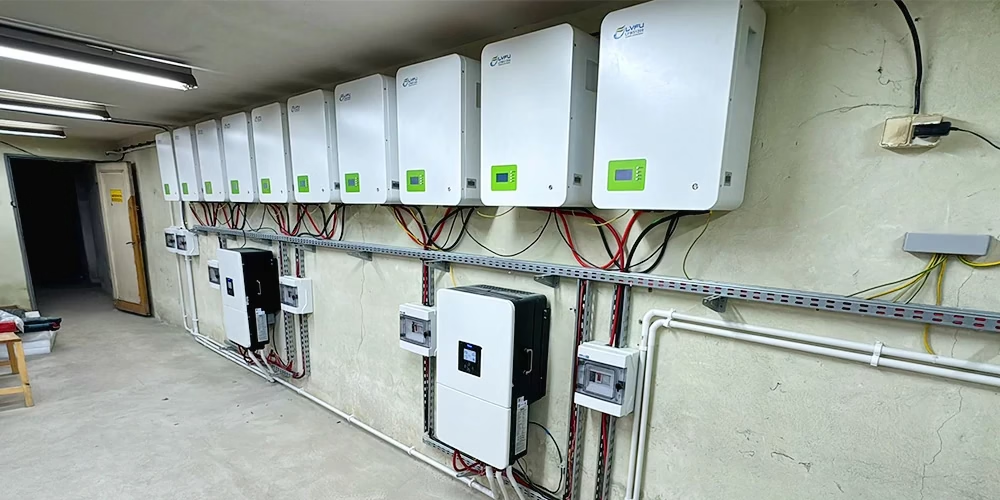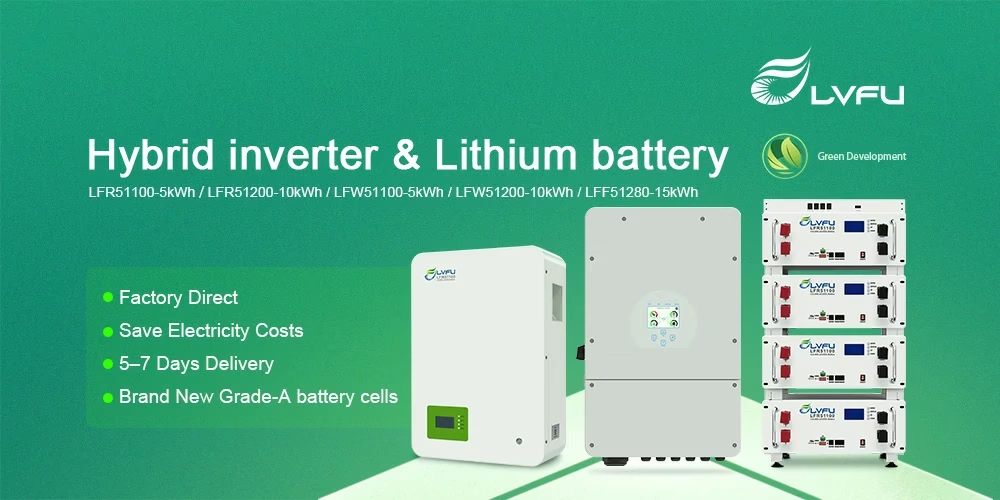Think of your energy storage system as a well-coordinated team.
At its core, any energy storage system boils down to two key parts: the battery that stores the power, and the inverter that puts it to work. The magic happens only when these two work in perfect harmony. So, how do they pull that off? It comes down to three things: how they talk to each other, where you can use them, and how to stay safe.
How Your Battery and Inverter Stay in Sync?
A reliable system isn’t just about hardware; it’s about conversation. For everything to run smoothly, your battery and inverter need to communicate clearly and constantly.

The Language of a Smart Energy System
This happens through established industrial “languages” known as communication protocols—think CAN Bus, RS485, or Modbus. This dialogue allows the inverter to monitor the battery’s vital signs, including:
State of Charge (SOC): Your system’s “fuel gauge,” showing how much energy is left to use.
State of Health (SOH): A long-term report card on how the battery is aging.
Voltage, Current, and Temperature: The essential real-time data to ensure everything runs within safe limits.
It’s this non-stop flow of information that optimizes your system’s performance and protects your investment for the long haul.
Where Can You Use an Energy Storage System?
Energy storage is flexible—it’s changing how we power our lives in many ways.
Home Energy Independence
Store extra solar energy during the day and use it at night. Cut down your electricity bills and keep the lights on during outages.
Business Energy Savings
Companies use large systems to charge up when electricity is cheap and use that power during expensive peak hours—slashing their energy costs.
Grid Support
Utility companies use big battery systems to help balance the grid, add more solar and wind power, and keep the electricity supply steady.
How to Ensure Battery and Inverter in Systems?
Safety always comes first when dealing with powerful batteries and electronics.
Get a Professional to Install It
Install your system somewhere cool, dry, and well-ventilated. Lithium-ion batteries work best at the right temperature, and good airflow prevents overheating.
Check In Regularly
Even though the system monitors itself, take a look now and then for any damage, rust, or strange noises. Follow the maker‘s maintenance plan.
Types of Inverters & Batteries
Not all inverters and batteries are the same. Below is a breakdown to help you choose.

Inverter Types
Hybrid Inverter
An all-in-one solution that links solar panels and batteries together. It intelligently switches between grid and off-grid modes depending on your needs.
Off-Grid Inverter:
For systems totally independent from the utility grid.
On-Grid Inverter
This model stays connected to the utility grid but can automatically switch to battery power the moment an outage occurs.
Battery Types
Lithium-Ion
The go-to choice for most systems-great efficiency, longer lifespan, and a compact size. Lithium iron phosphate (LiFePO₄) takes safety a step further with superior stability.
Lead-Acid
A older, lower-cost option, but it doesn’t last as long and can’t be fully drained.
Wrap-Up
Energy storage puts you in charge of your power like never before. When you understand how your system communicates, where it adds value, and how to maintain it safely, you’re not just owning technology-you’re managing your energy. Cut costs, gain backup power, or support a cleaner grid. However you use it, a well-planned energy storage system puts you in control of how you power your life.

